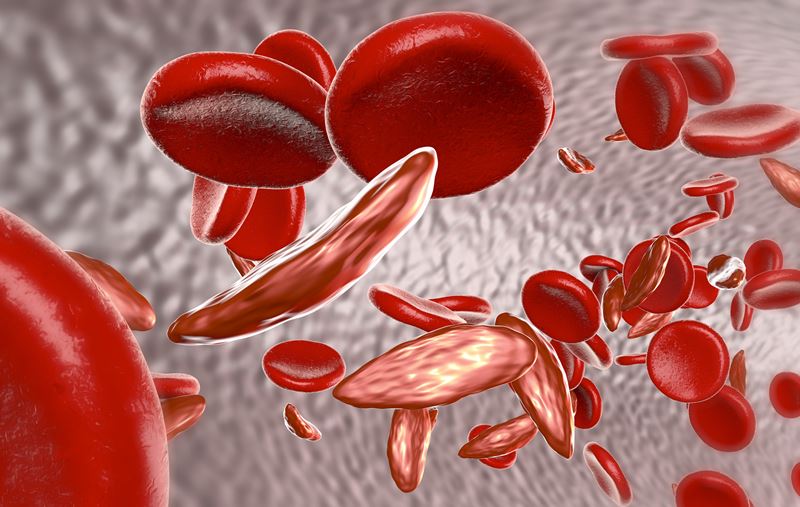
In another incredible stem cell breakthrough, researchers in the United States have been able to use a patient’s skin cells to create cells similar to those found in bone marrow. These cells were then used to identify possible treatments for a rare blood disorder.
The research was performed by doctors and scientists from the Harvard Medical School and Boston Children’s Hospital. The findings were recently published in the journal Science Translational Medicine.
The research team used the process to create blood progenitor cells for two patients with Diamond-Blackfan anemia (DBA) — a very severe blood disorder that reduces the ability of bone marrow to make enough red blood cells.
The team used the patient’s skin cells to create induced pluripotent stem cells. These stem cells could then be used to create blood progenitor cells. Because they came from patients with the condition, these blood progenitor cells carried the same defect that prevented their bone marrow from producing healthy blood cells.
The defective blood progenitor cells were then placed in a high-throughput drug-screening system to test the effectiveness of various chemicals. The scientists tested more than 1,400 chemicals on the defective blood progenitor cells. They discovered that a compound called SMER28 might be useful for repairing the defect. It was quickly tested on live mice and zebrafish, and found to be effective.
Scientists have begun using induced pluripotent stem cells on a regular basis. These powerful cells are capable of making almost any cell, including blood progenitor cells. The researchers working on this project created the IPS cells by genetically re-programming adult skin cells.
Up until now, scientists have struggled to create blood cells using IPS cells. This breakthrough may help them develop treatments for a variety of blood disorders and immune system conditions.
Source: Stem Cells Step Forward
{{cta(‘010124f3-c9bc-4a23-b9fc-74953e6288c9’)}}


